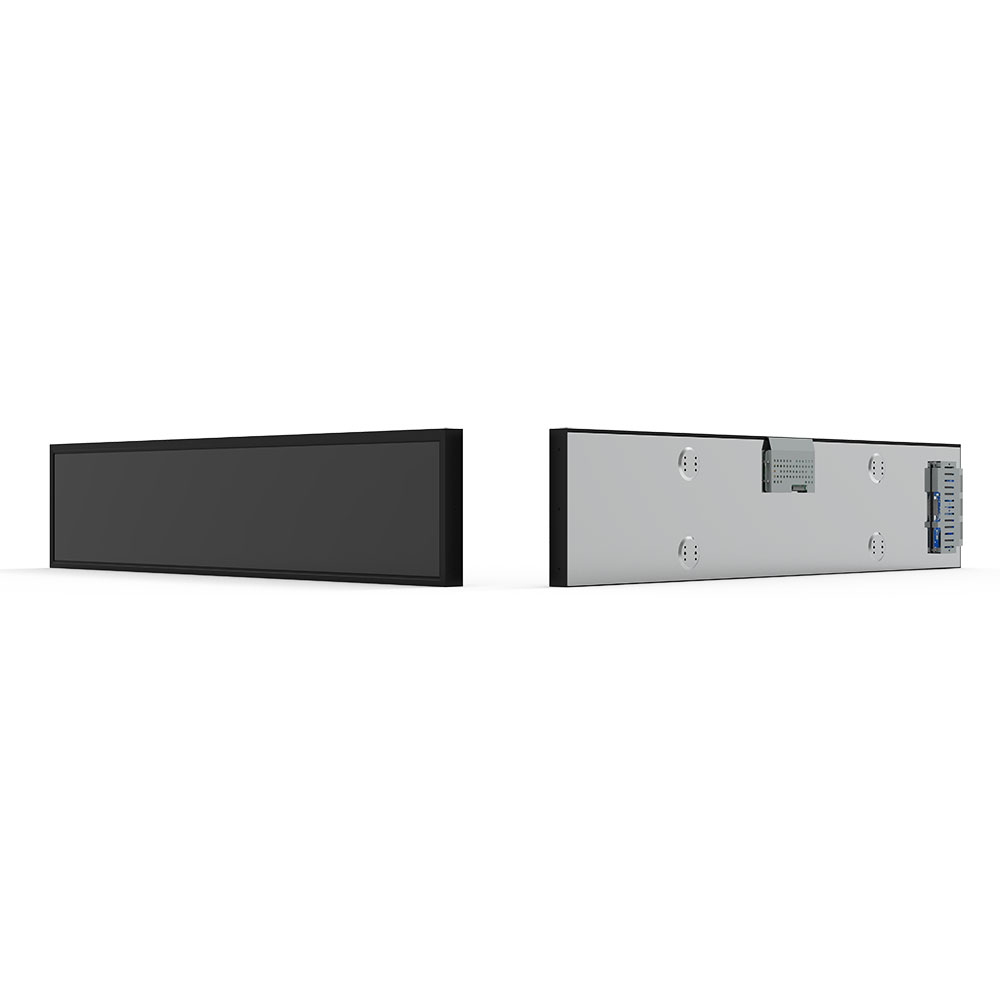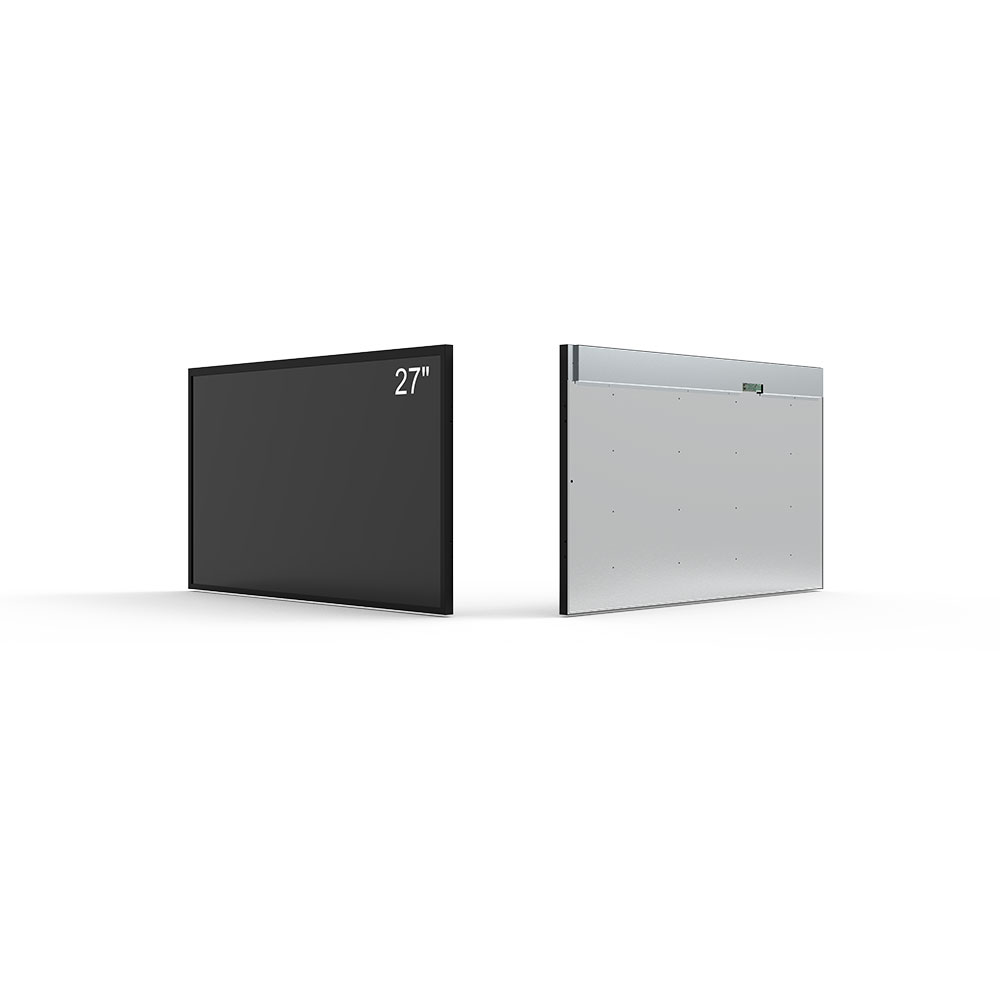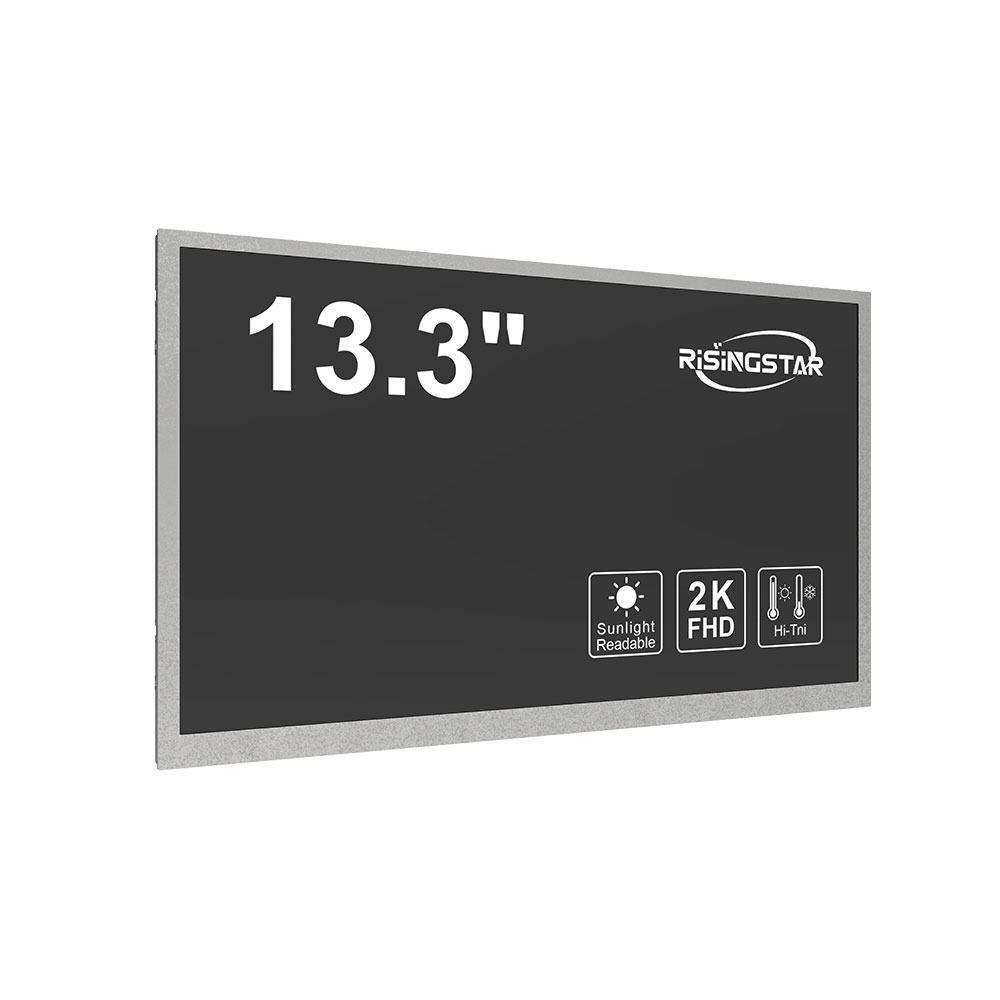- Home
- About Us
- Products
- News
- Video
- Contact
- Send Inquiry
Search
- Home
- About Us
- Products
- News
- Video
- Contact
- Send Inquiry

Outdoor LCD screens have become indispensable in modern commercial, industrial, and public infrastructure applications—from digital signage in urban centers to large-scale information displays at airports, stadiums, and construction sites. As demand grows for higher clarity, durability, and real-time data delivery under harsh environmental conditions, manufacturers now offer high-brightness outdoor LCD screens equipped with 2K (2560×1440) and 4K (3840×2160) resolution options. These advanced display technologies are not just about visual fidelity—they represent a strategic investment in performance, user engagement, and operational efficiency.
The core advantage of 2K and 4K resolution outdoor LCDs lies in their ability to deliver crisp, detailed imagery even in direct sunlight. Unlike standard HD (1080p) panels that may appear washed out or blurry in bright environments, 4K panels provide up to four times the pixel density of 1080p. This means sharper text, smoother gradients, and more accurate color reproduction—critical for advertising, wayfinding, and safety-critical monitoring systems such as traffic control or surveillance. According to a 2023 study by Statista, over 67% of global outdoor digital signage deployments now prioritize 4K resolution due to its superior visibility and brand impact.
Manufacturers like LG Display, Sharp, and Samsung have integrated specialized technologies into these screens, including anti-glare coatings, ultra-high brightness (up to 10,000 nits), and wide viewing angles (typically 178° horizontal and vertical). These features ensure consistent image quality regardless of ambient lighting or viewer position—a key requirement for public-facing installations. For example, a 4K outdoor screen deployed at Heathrow Airport’s terminal uses dynamic brightness adjustment based on real-time sunlight levels, reducing power consumption by up to 30% while maintaining optimal readability.

In addition to resolution, robust build quality is essential for outdoor use. Most high-end models are IP65-rated for dust and water resistance, operate reliably between -20°C and +60°C, and feature LED-backlit panels for energy efficiency and longevity. The inclusion of 2K/4K resolutions allows integration with emerging smart city ecosystems—such as IoT-connected dashboards for air quality, crowd management, or emergency alerts—where data must be presented clearly and instantly.

Case studies further validate the ROI of investing in high-resolution outdoor displays. A major retail chain in Singapore reported a 22% increase in foot traffic after deploying 4K digital billboards in high-visibility areas. Similarly, a mining company in Australia used 2K outdoor screens to display real-time equipment diagnostics, resulting in a 15% reduction in downtime through improved situational awareness.
From an engineering standpoint, integrating 2K/4K outdoor LCDs requires attention to cable management, thermal dissipation, and mounting solutions. Many units now support modular design for easy maintenance and scalability. When paired with edge computing hardware or cloud-based content management systems (CMS), these screens transform from static displays into intelligent, interactive platforms capable of real-time updates and remote diagnostics.

As global markets continue to adopt smarter, more connected infrastructure, 2K and 4K resolution outdoor LCD screens stand out as both a technical necessity and a competitive differentiator. Whether used in commercial branding, public services, or industrial operations, they deliver unmatched visual clarity, reliability, and future-proof functionality—all critical elements for success in today’s demanding environments.